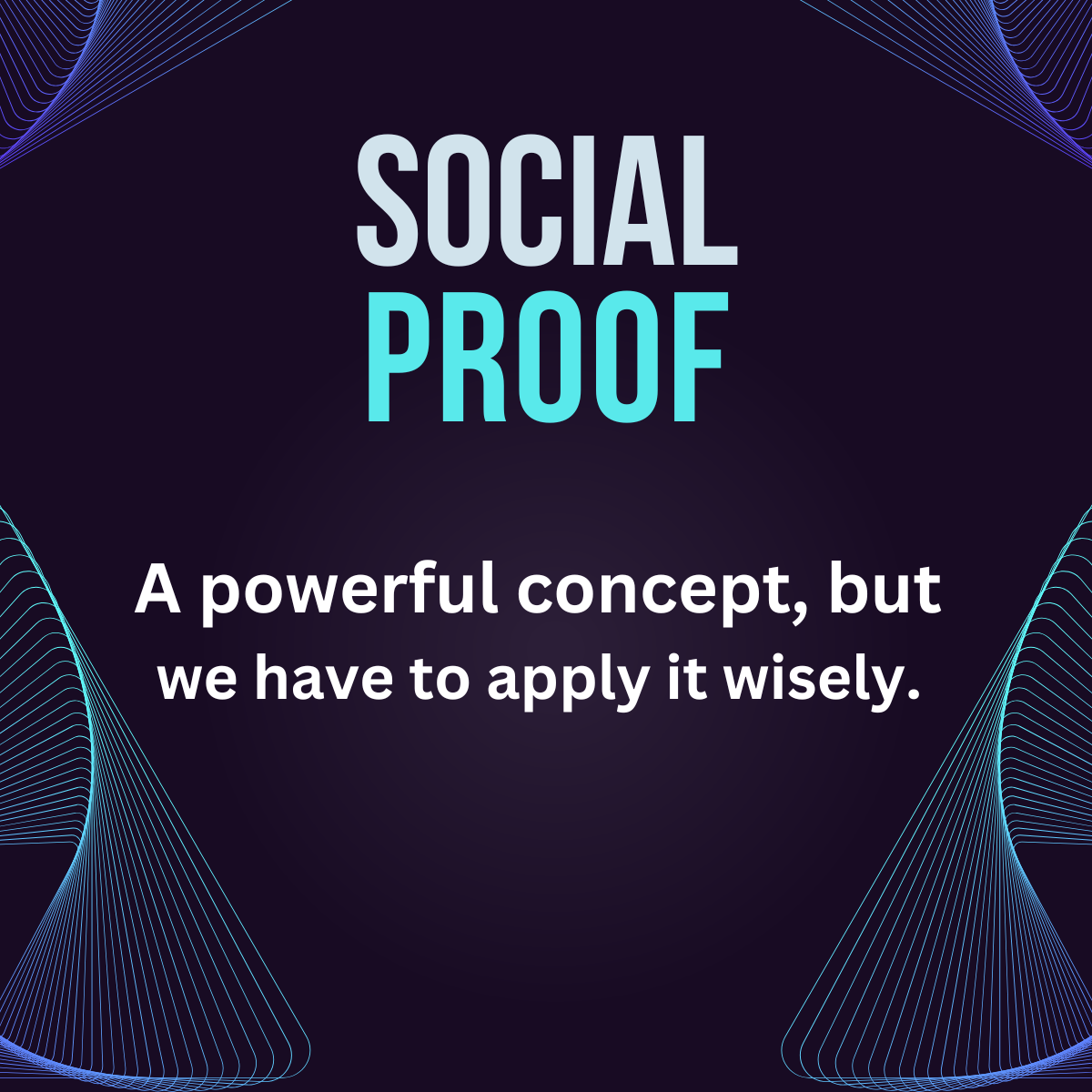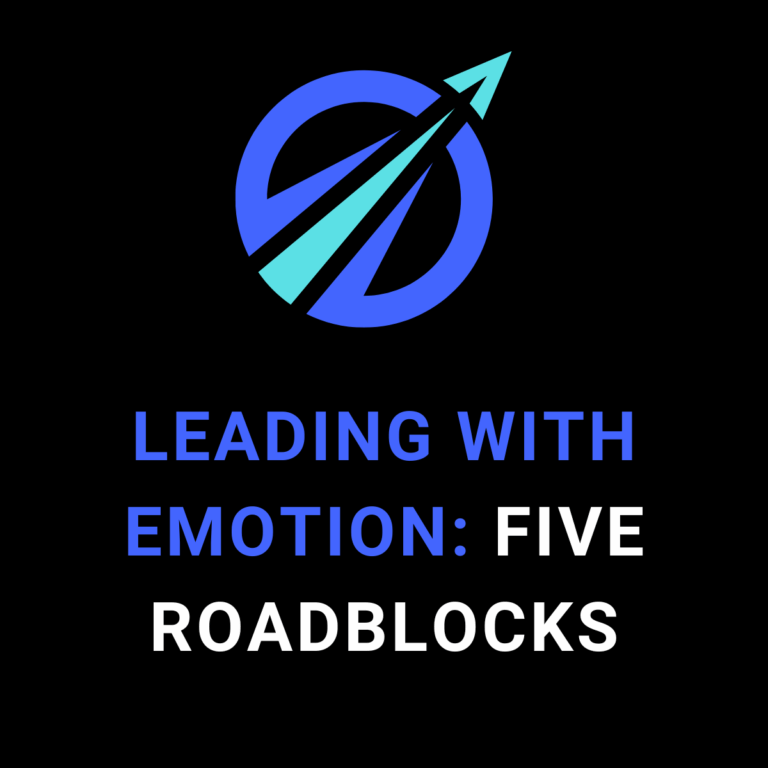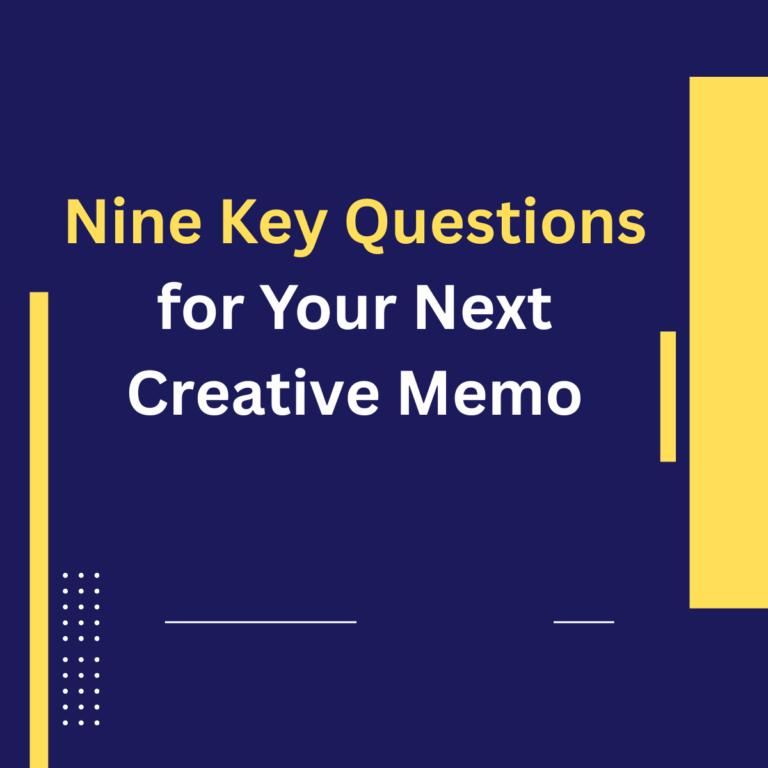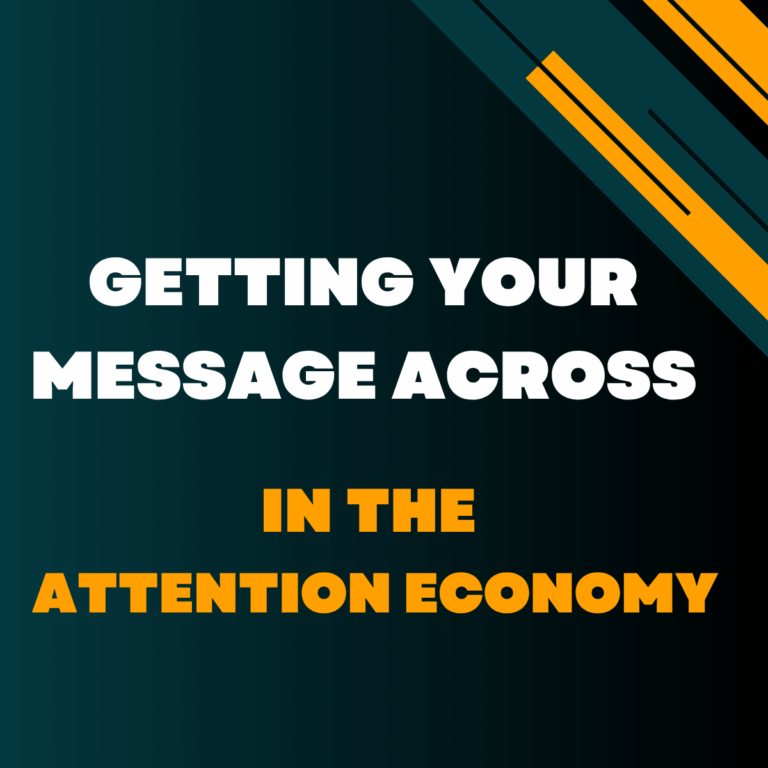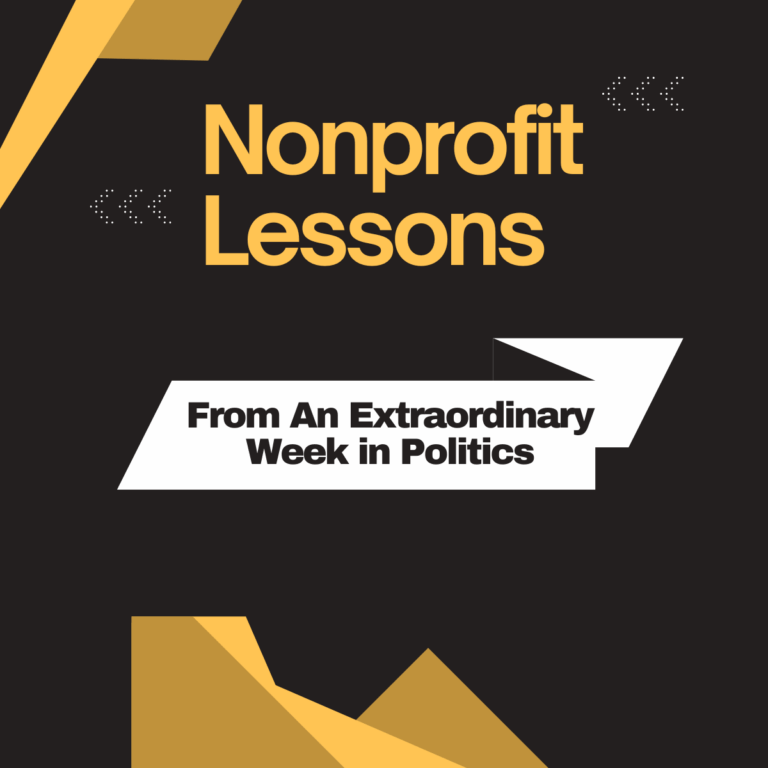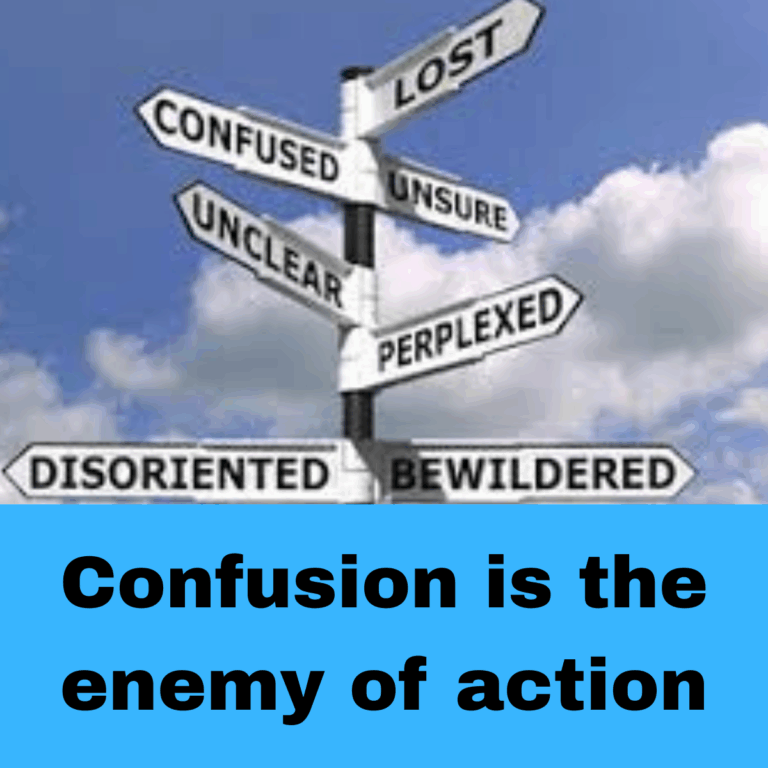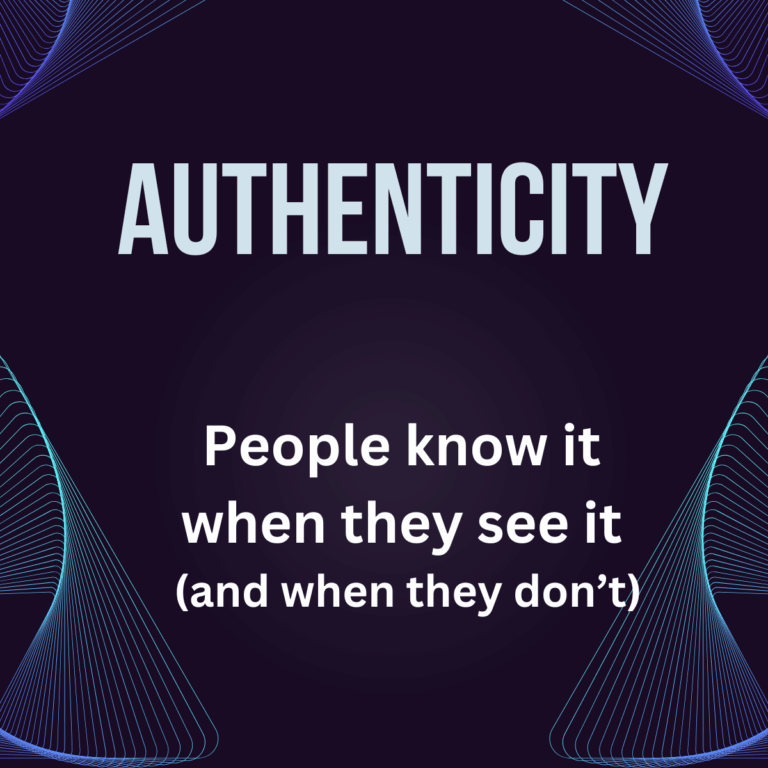In today’s post, let’s look more closely at social proof: how commercial marketers use it, concrete examples of how nonprofits can apply it, and pitfalls to avoid.

Here’s how behavioral science marketing expert Nancy Harhut describes social proof. “When people are not sure of what decision to make, they use a mental shortcut. They look to see what other people – especially other people like themselves – are doing and they follow their lead.”
In the face of uncertainty, we search out the safety of knowing how others like us are behaving. A few examples:
Use of Hotel Towels: Robert Caldini who coined the term social proof tested two different signs in hotel rooms to encourage re-use of towels. One offered the classic “save the environment” message. The second noted that the majority of the hotel’s guest re-use their towels at least once during a stay. The second sign increased towel re-use by 26%.
Chinese Restaurant: In a Chinese restaurant chain, researchers randomly placed one of two placards on a table. One listed five dishes with no reference to their popularity. The other identified five dishes as the most popular from the previous week. The first sign had no impact. But the second increased orders for the dishes by as much as 20%.
Petrified Forest National Park: To discourage the theft of petrified wood, a sign was put up saying “Many past visitors have removed the petrified wood from the forest, changing the natural state of the Petrified Forest.” It was accompanied by a picture of several park visitors stealing wood. When compared to no sign at all, the sign tripled theft. Because of social proof, a crime prevention strategy actually became a crime promotion one.
Now let’s examine some nonprofit uses of social proof, why they work and how, if we’re not careful, they can work against our intent.

Here are a few concrete examples of social proof at work in a nonprofit setting:
- Expert Social Proof: “Our innovative approach to climate resilience in agricultural communities has been endorsed by the renowned climatologist James Hansen.”
Why It Works: Some call this process “credentialing.” Being unsure of an organization’s claims can be a barrier to action. An authority in the field, especially one the reader already knows and respects, can help overcome that barrier.
- Celebrity Social Proof: “When they say it can’t be done, we say just watch us. When they say it’s too hard, we show them what hard work looks like. When they say that’s not how things work in the real world, we say not yet . . . I’m Jane Fonda, actress, writer, producer, activist and Greenpeace supporter.”
Why It Works: This is a classic example of a well-executed celebrity endorsement. It works because a) the tone and attitude totally reflect the ambition and spirit of the Greenpeace brand, b) Jane Fonda is a person whose own ambition and energy match Greenpeace’s and c) the target audience has knowledge and appreciation for Fonda’s career of outspoken advocacy.
Celebrity endorsements tend to work at the margins. They don’t convince someone uninterested in your mission to engage. However, they can play a crucial role in “closing the deal” with someone on the fence. But that’s only the case if your reader senses an authentic connection between the group and the endorser.
- “Wisdom of the Crowd” Social Proof: Instead of saying “A gift of $35 or more would really help,” social proof might suggest “Most people donating are sending gifts of $35 or more.” And instead of saying “We’re just looking for three signatures from your neighborhood,” try saying “Our petition campaign has blown past our original goal and now you can build our momentum even higher.”
Why It Works: Wisdom of the Crowd social proof conveys to your audience that that the step you’re asking them to take is popular especially among “people like you.” It’s the dynamic at work when Amazon says “1,452 people have ordered this item in the last 24 hours.” Or when Ticketmaster says “You better act quickly. Tickets for this event are going fast.”

In some cases, appealing to exclusivity and the in-group dynamic makes the most sense. Here’s a line of argument I’ve frequently used for Democratic candidates and groups:
“Come September, lots of people will be rallying to help our campaign in the final 100 days. But all that help won’t mean much if we don’t lay the foundation for victory right now. That’s why I’m urging you to be a pioneer with the foresight to fund the vital early steps on the road to victory.”
In messaging like this, the argument isn’t do what others are doing. It’s to demonstrate that you are wise and thoughtful enough to do what others will pass on doing.

Earlier I mentioned that too much emphasis on people taking an undesirable action can end up unintentionally promoting that action. Here is a nonprofit example of falling into that trap.
Many voter participation campaigns rely on messages like “In 2024, millions of Black male voters didn’t cast a ballot. I’m urging you to help reverse that trend in 2026.” The risk is the unintended message being sent is that the safest course of action is doing what so many others did and not voting. Far better to talk about the decisive role that Black voters played in key elections last time and inviting the person to be part of that winning approach this time around.

As I hope this memo has made clear, social proof is a powerful tool in the psychology of persuasion. But it’s crucial to apply it correctly and to avoid unintended consequences by sending the wrong message.


